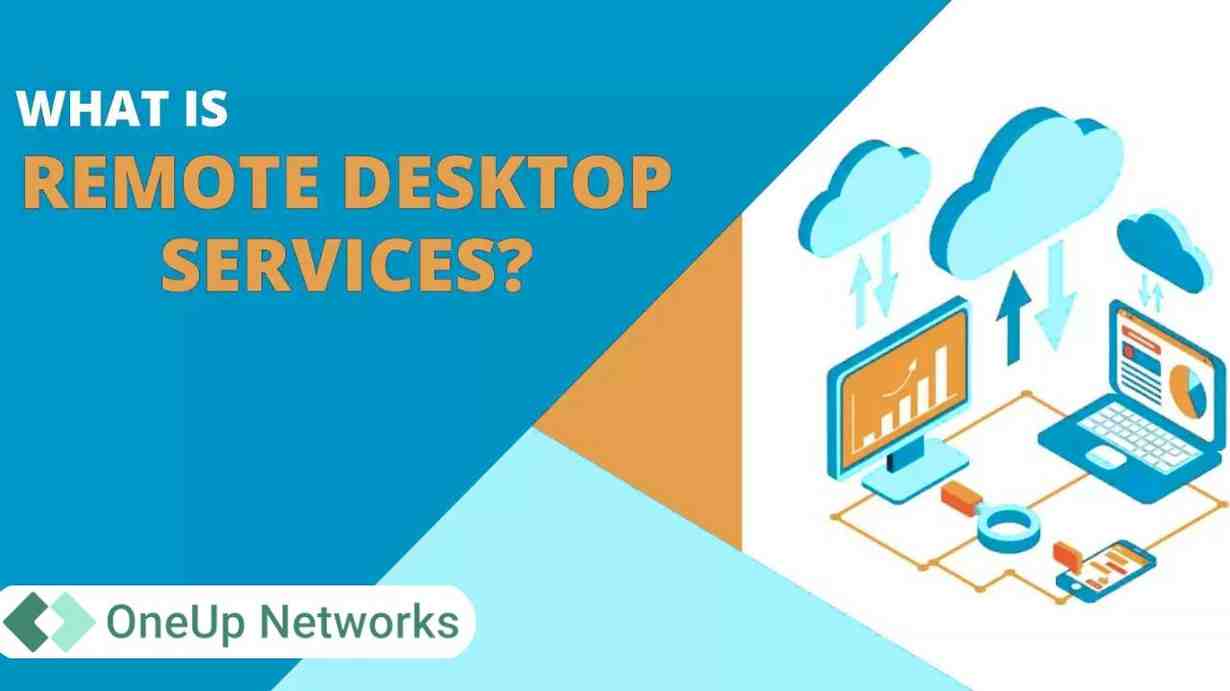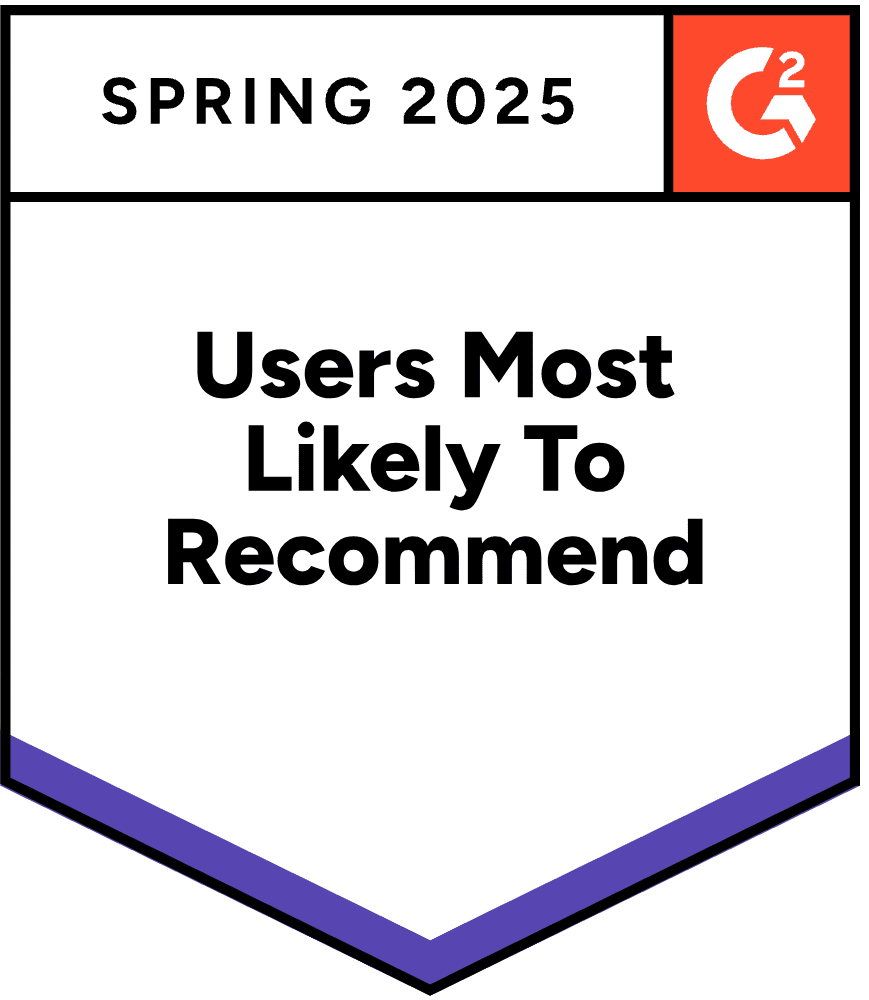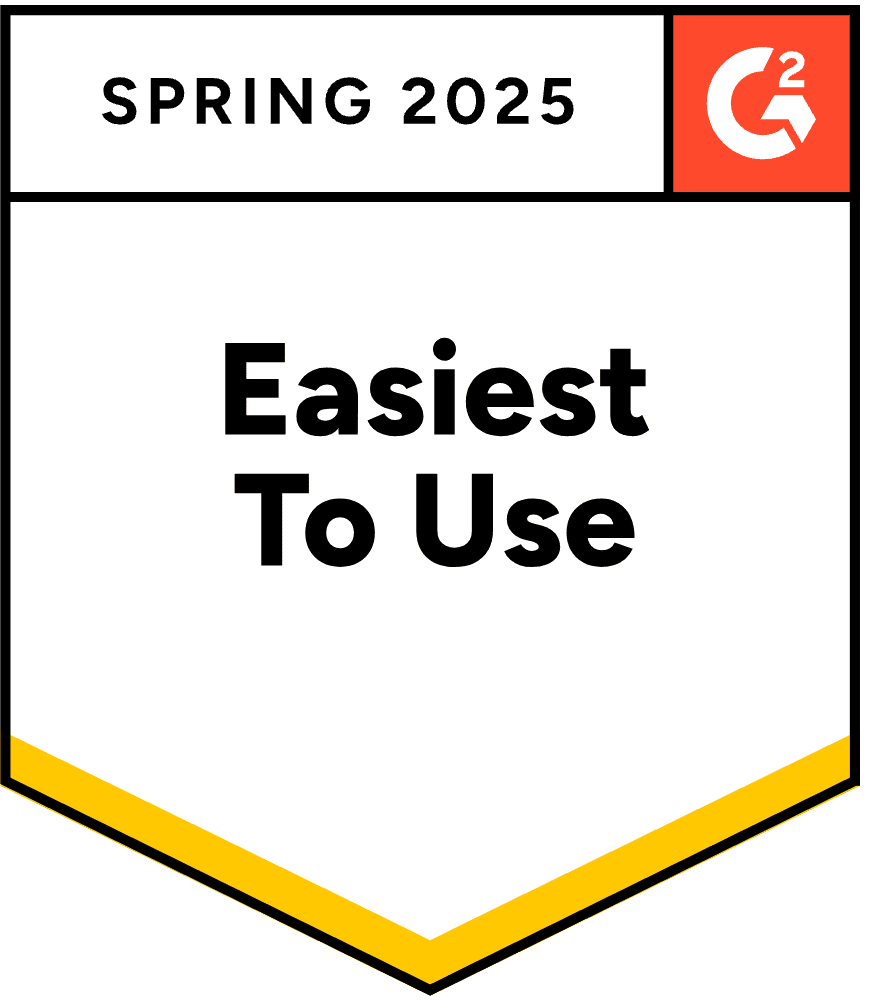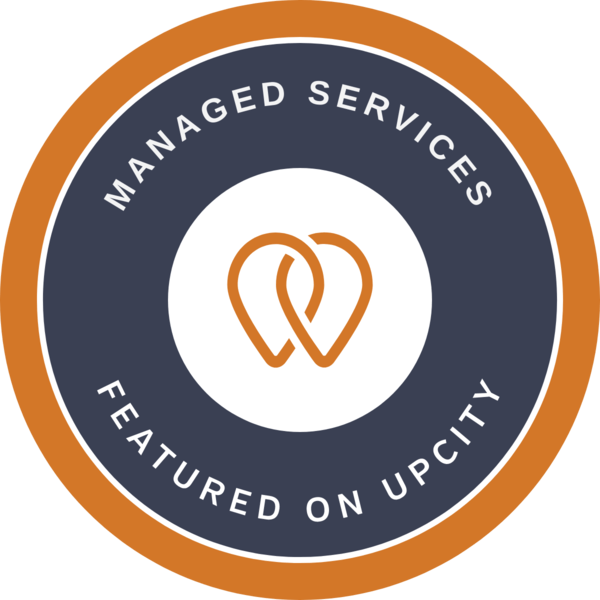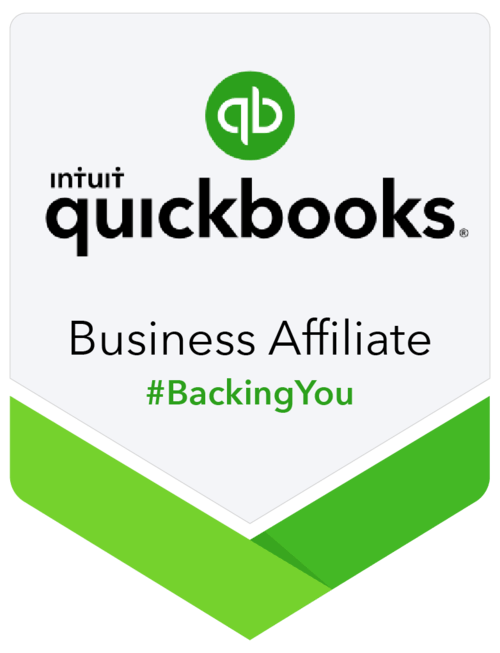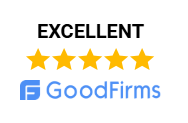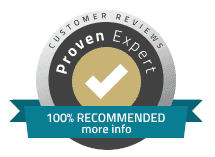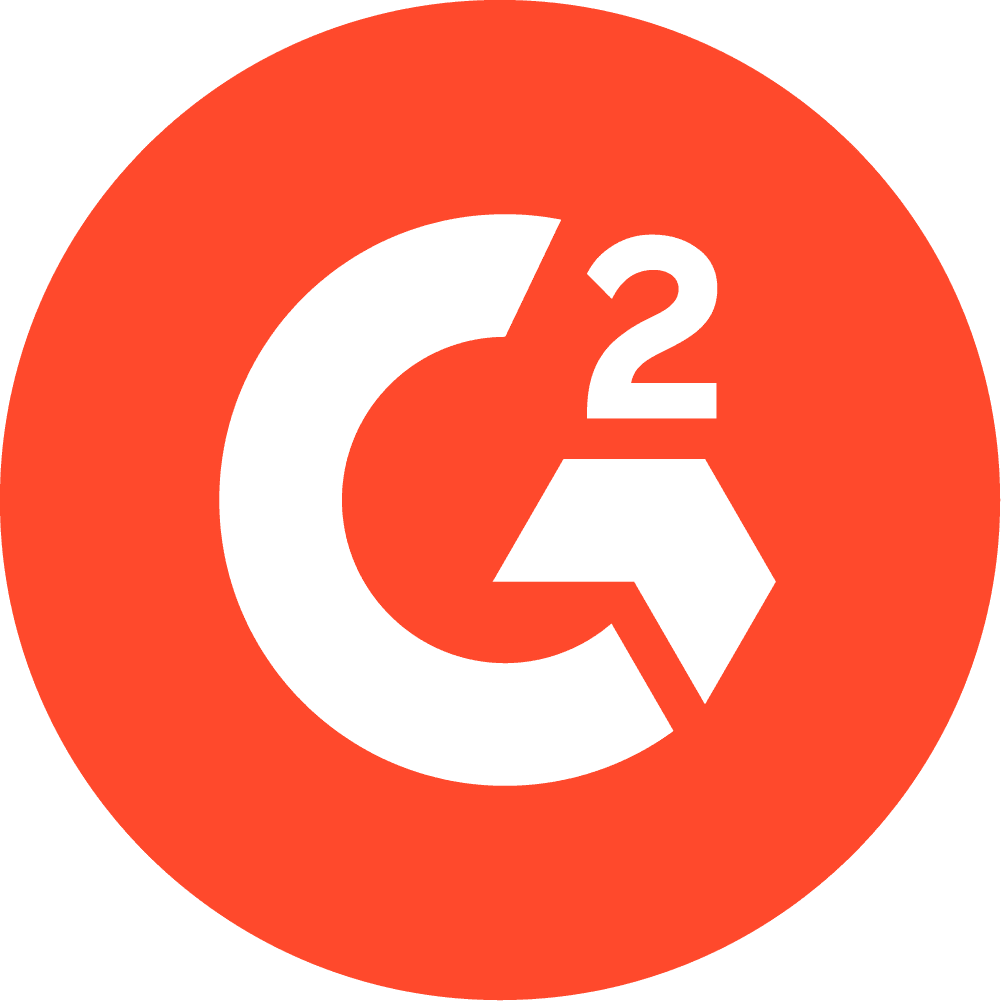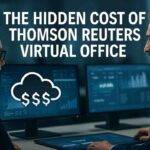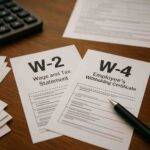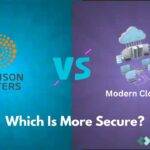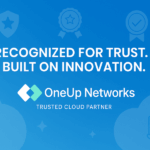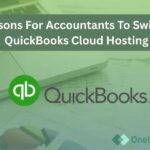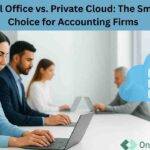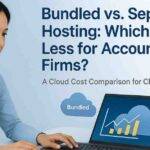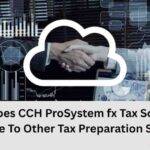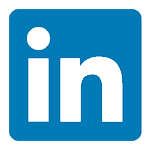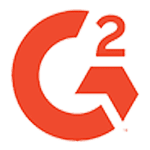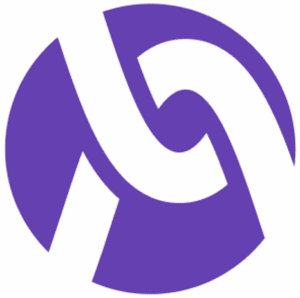As the financial industry embraces the digital era, Remote Desktop Services (RDS) have become a cornerstone for secure, scalable, and efficient IT infrastructure. With hybrid work models becoming the norm and regulatory demands continually increasing, accounting and finance firms are increasingly turning to solutions like Microsoft Remote Desktop Services (RDS) for reliable cloud hosting and seamless remote access.
Table of contents
What Are Remote Desktop Services?
Remote Desktop Services (RDS) is Microsoft’s comprehensive platform for virtualizing desktops and applications. In layman’s terms, RDS allows multiple users to securely log in over the Internet or a private network to a central server and access their work desktops, apps, and files — just as if they were sitting at their Remote Desktop Services (RDS) is Microsoft’s comprehensive platform for virtualizing desktops and applications. In layman’s terms, RDS allows multiple users to securely log in over the Internet or a private network to a central server and access their work desktops, apps, and files — just as if they were sitting at their office workstation.
Key Concepts:
- Remote Desktop Service Server (RDS Server): The central machine hosting all virtual desktops and apps.
- Microsoft RDS: The official Microsoft solution for remote desktop hosting, licensing, and management.
- Windows RDS/Windows Remote Desktop Services: Terms often used interchangeably with Microsoft RDS or RDS on Windows Server.
- RDS Environment: The entire setup — including servers, clients, networks, and security policies — behind remote desktop delivery.
- RDS Remote Desktop: The remote user session connecting to the organizational IT environment.
Why RDS for Accounting and Finance?
Above all, cloud remote desktop services ensure regulatory compliance, client data security, secure remote work, document traceability, and streamlined IT management — essentials for accounting and financial services.
How Does RDS Work? Layman’s Explanation
Think of RDS as a secure virtual office building. Each employee can enter via their own “digital doorway,” regardless of where they are — at home, at a client’s site, or on-the-go. As a result, every employee gets their own desktop with access to accounting software, spreadsheets, email, and client files — but nothing ever leaves the secure building. In other words, all data processing stays on the RDS server, not on local devices, keeping everything protected from loss or theft.
Typical Components:
- RDS Host Server: Where all employee desktops run
- RDS Connection Broker: Directs users to their correct resources
- Remote Desktop Gateway (RD Gateway): Secure “front door” for encrypted external access
- RDS Web Access: Allows login through a web browser for extra convenience
Core Benefits of Remote Desktop Services for Financial Firms
- Centralized Security: Organizations store and manage all sensitive data in only one place.
- Regulatory Compliance: Robust audit trails, encryption, and user access controls.
- Scalability: Instantly add new users during busy seasons (e.g., tax time).
- Cost Savings: Reduce spending on office hardware and support via cloud hosting.
- Business Continuity: Staff can continue uninterrupted from any location during disruptions.
Key Fact
Notably, the global remote desktop software market is forecast to surpass $5.5B by 2025 — a more than 15% CAGR — as telecommuting and hybrid work become permanent fixtures for many industries, including finance and accounting.
RDS Versus RDP: Crucial Differences for the USA Business Audience
There is common confusion between RDS (Remote Desktop Services) and RDP (Remote Desktop Protocol). Here’s a straightforward comparison to clarify which solution fits your needs best:
| Feature | RDP (Remote Desktop Protocol) | RDS (Remote Desktop Services) |
|---|---|---|
| Type | Protocol for one-to-one connection | Centralized multi-user service |
| Use Case | Individual remote desktop access | Enterprise class remote access & app hosting |
| Scalability | One user per PC session | Many users, multiple sessions per server |
| Management | Simple, no centralized management | Centralized user, session, app policies |
| Security | Basic, depends on endpoint | Enterprise-grade, integrates with Active Directory & policies |
| Licensing | Minimal (Windows Pro/Enterprise) | Requires Windows Server & RDS CALs |
| Best for | Ad hoc remote access, single user | Companies needing robust, multi-user, secure environments |
RDS provides the organizational control, security, and scalability critical for accounting and finance, while RDP is for lone remote access needs.
Remote Desktop Services vs VDI
While RDS delivers shared desktops/applications from a central server, VDI assigns each user a dedicated virtual machine. Most organizations prefer RDS for accounting and finance workloads because, after all, it offers cost-effectiveness, centralized management, and strong Windows integration. Meanwhile, they choose VDI for highly customized or separate user environments, which, notably, are less common in finance.
RDS Cloud Integration: The 2025 Landscape
Cloud Remote Desktop Services have exploded post-2020, and small-to-medium accounting firms now spend over 50% of IT budgets on cloud platforms, which, in effect, reflects growing reliance on hosted infrastructure.
Windows RDS Server in Azure or Private Cloud now allows instant IT scaling for busy periods or new locations, which, by the same token, reduces physical infrastructure needs.
Moreover, over half of all organizational workloads are now cloud-based, which, as a result, shows a shift in priorities toward security, accessibility, and disaster recovery.
Essential RDS Features & Components: Explained for Non-Tech Readers
Windows RDS Server / Remote Desktop Server: Hosts user sessions, apps, and data in a centralized cloud or data center location, which, for the most part, simplifies IT control.
RDS License Server: Manages RDS Client Access Licenses (CALs) to ensure regulatory compliance, and, in many cases, reduces audit risks.
RDS Connection Broker: Balances sessions, reconnects interrupted users, and enhances reliability, especially when dealing with confidential audit files.
RD Gateway Server: Encrypts and tunnels remote traffic, so that external threats are minimized.
RDS Web: Provides secure, browser-based remote access — useful for external partners or mobile employees, and, at the same time, convenient for hybrid workforces.
Managed Desktop Service: Complete desktop hosting and management, which, in turn, is perfect for firms without an in-house IT team.
Example: During tax season, a CPA firm can add new temp staff to their RDS environment easily, ensuring secure but temporary access to accounting applications and client records. Importantly, no data leaves the central cloud server, yet, at the same time, everyone can collaborate as if they were in the main office.
RDS Setup, Licensing, and Best Practices
Choosing the Right RDS Server Platform: Most choose Windows Server Remote Desktop Services for native integration with finance/accounting apps, which, after all, are typically built for the Windows environment.
Obtaining Client Access Licenses: Buy RDS CALs for each user or device, so that licensing remains compliant.
Configuring Security: Use RDS certificate-based encryption, enable multi-factor authentication, and group policy controls, which, together with monitoring, ensure secure access.
Optimizing Session Hosts: Configure session-based load balancing for heavy usage, especially when the workload spikes seasonally.
RDS Console & Toolbox: Centralized management tools for easy administration, which, by and large, reduce IT overhead.
Modern Microsoft RDS environments (2025 launches) boast:
- Advanced encryption protocols
- Multi-factor authentication
- Conditional access policies
- Full regulatory audit support for SOX, GLBA, and more, all of which enhance compliance and data protection.
Trends and Market Growth Data
Remote Desktop Market Value (Global): Expected to exceed $5.5B by end of 2025, driven by banking, finance, and insurance demand, which, in this context, emphasizes the growing reliance on virtual desktops.
U.S. SMBs on Cloud: Over 54% of U.S. small to midsize business IT spend is now allocated to cloud services (RDS, DaaS, SaaS), which, clearly, shows a shift away from on-prem solutions.
Security: 78% of organizations cite secure remote access with centralized management as the #1 reason for adopting cloud desktop services, which, without a doubt, reflects increasing cybersecurity awareness.
Adoption in Accounting/Finance: Over 45% of North American accounting firms rely on RDS or similar solutions for managing client data and workflows securely, and, consequently, benefit from better control and auditability.
Quick Comparison: RDS vs. RDP vs. VDI Solutions
| Feature | RDP | RDS | VDI |
|---|---|---|---|
| User Sessions | Single per machine | Multiple per server | Dedicated virtual machine/user |
| Primary Use | Remote control | Shared desktop/app hosting | Custom user workspaces |
| Management Tools | Basic admin tools | Centralized RDS console | VDI management software |
| Security Level | Standard | Enhanced: AD, MFA, policy | Enhanced, more granular |
| Cost | Low | Moderate (server+CALs) | Highest (complex infra) |
| Ideal For | IT support, single user | SMBs, finance & accounting | Highly regulated/custom reqs |
Use Cases: CPA Firm Using RDS in the Cloud
A midsize CPA firm with distributed teams needs remote access for 40 staff, especially during tax season. By deploying Windows Server Remote Desktop Services in a private Azure cloud managed by OneUp Networks, the firm:
- Ensures staff can securely access QuickBooks, Excel, and file shares through RDS remote desktop from anywhere,
- Reduces hardware costs by using thin clients at branch offices,
- Streamlines IT with centralized desktop management service and RDS toolbox,
- Passes compliance audits with robust user session recording and reporting,
- Easily scales up “temp” user accounts for peak workload periods.
FAQ on Remote Desktop Services (RDS)
No. RDP is the underlying protocol (Remote Desktop Protocol), while Microsoft RDS is the comprehensive remote desktop service based on RDP and includes multi-user/session management, security, and IT administration tools.
An RDS server is the central machine (often cloud-hosted) that runs all user remote desktop sessions and hosted applications.
RDS shares server desktops/apps among many users (cost-effective), while VDI provides each user a dedicated virtual desktop (costlier, only for specialized needs).
Most firms run Windows Remote Desktop Server, but newer solutions can use Azure RDS Server or hybrid/on-premises models depending on compliance requirements.
Most firms run Windows Remote Desktop Server, but newer solutions can use Azure RDS Server or hybrid/on-premises models depending on compliance requirements.
Absolutely. RDS is designed for centralized access to software like QuickBooks, Sage, and tax apps — supporting regulatory and operational needs.
Centralizing data greatly simplifies audits, reporting, and adherence to standards like SOX, PCI DSS, and GLBA common in the accounting and financial world.
Firms that want zero IT overhead and maximum flexibility use Desktop as a Service (DaaS), a fully managed, on-demand version of RDS hosted in the cloud.
For accounting and finance organizations, investing in a secure, scalable, and reliable remote desktop services environment is not only smart — it is essential. The latest advances in Windows RDS, Microsoft Remote Desktop Services RDS, cloud remote desktop services, and centralized management tools mean you can deliver uninterrupted, secure, and fully compliant access to staff and clients anywhere in the world.
If you’re considering a remote desktop environment — or ready to upgrade — you can trust OneUp Networks to deliver cloud remote desktop services, managed desktop services, and RDS hosting tailored for financial professionals.
Don’t Miss These Helpful Blogs:

